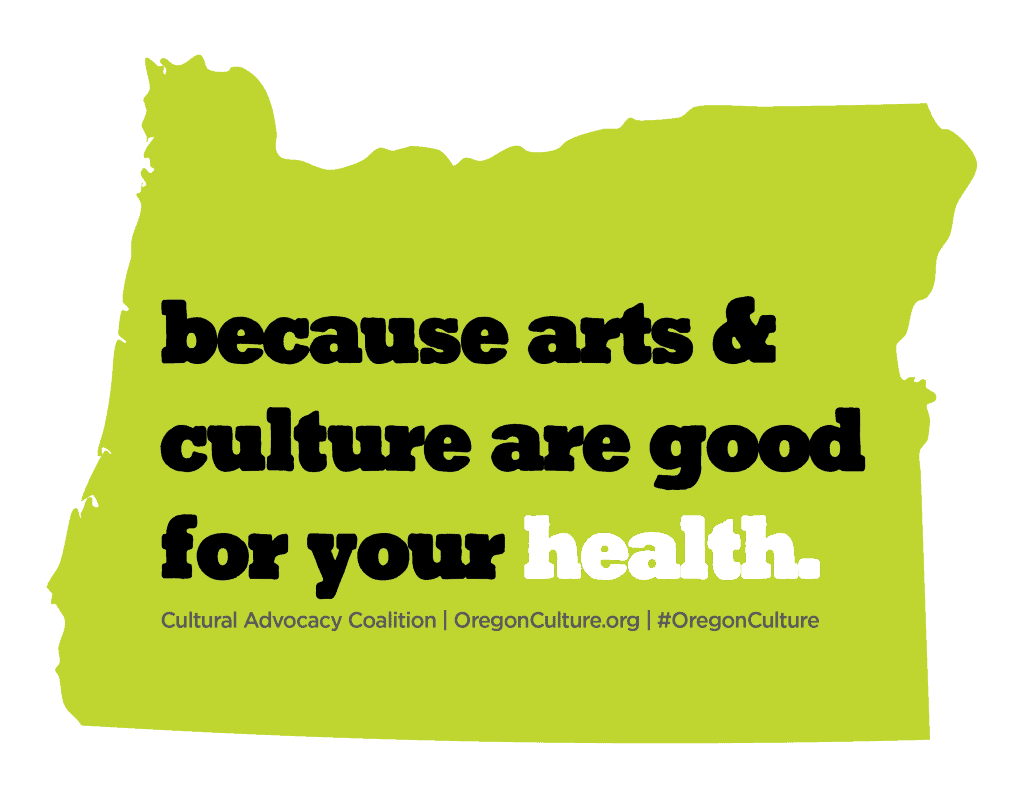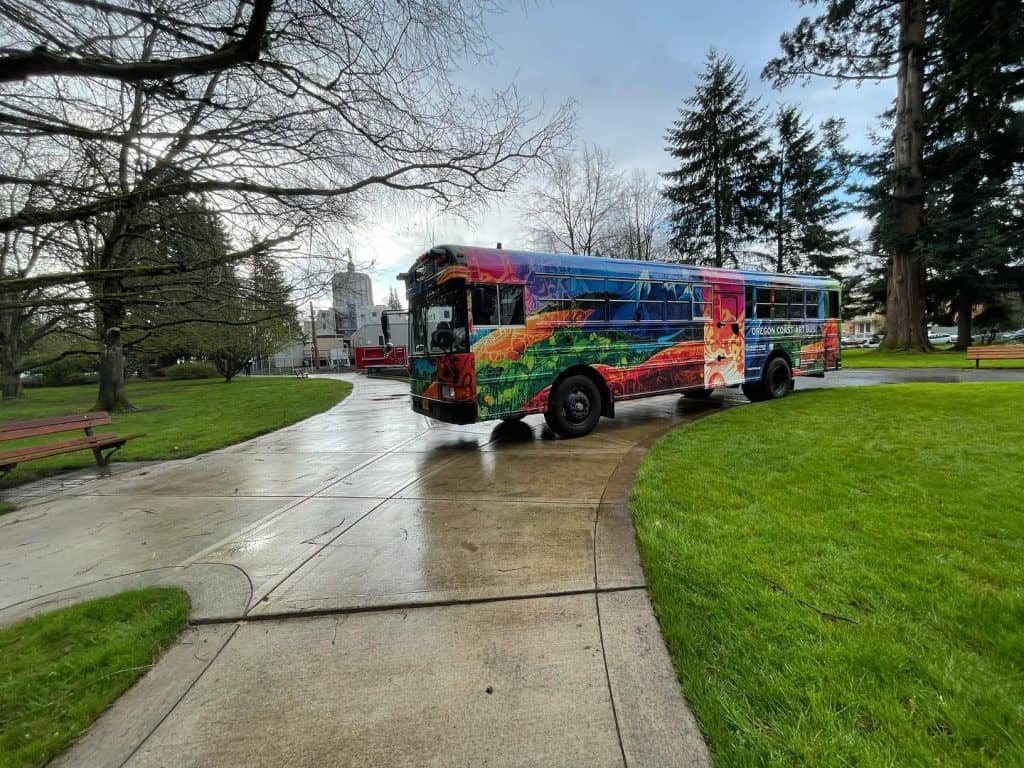FOR IMMEDIATE RELEASE: OCTOBER 20, 2023
Arts & Economic Prosperity 6 Study Centers Equity in Economic Research and Highlights Vital Role of Arts and Culture in Building More Livable Communities
PORTLAND, OR. – The Regional Arts & Culture Council announced today that Multnomah County nonprofit arts and culture industry generated $400,700,004 in economic activity in 2022 in Multnomah County, according to the newly released Arts & Economic Prosperity 6 (AEP6), an economic and social impact study conducted by Americans for the Arts. That economic activity – $400,700,004 in spending by nonprofit arts and culture organizations and $4,495,889 in event-related spending by their audiences supported 5,841 jobs and generated a total of $72,062,487 in local, state, and federal government revenue in the County. Spending by arts and culture audiences generates valuable commerce to local merchants, a value-add that few other industries can compete with.
Building on its 30-year legacy as the largest and most inclusive study of its kind, AEP6 uses a rigorous methodology to document the economic and social contributions of the nation’s nonprofit arts and culture industry. The study demonstrates locally as well as nationally, arts and culture are a critical economic driver of vibrant communities.
Nationally, the Arts & Economic Prosperity 6 (AEP6) study reveals that America’s nonprofit arts and culture sector is a $151.7 billion industry—one that supports 2.6 million jobs and generates $29.1 billion in government revenue.
“Arts and culture organizations have a powerful ability to attract and hold dollars in the community longer. They employ people locally, purchase goods and services from nearby businesses, and produce the authentic cultural experiences that are magnets for visitors, tourists, and new residents,” said Nolen V. Bivens, president and CEO of Americans for the Arts. “When we invest in nonprofit arts and culture, we strengthen our economy and build more livable communities.”
AEP6 represents a reset from its previous versions, establishing a new benchmark in the AEP study series.
- Social Impact: For the first time, AEP6 expands beyond the economic and financial data to include social impact measurements of arts and culture’s effect on the well-being of communities and residents.
- Equity and Inclusion: AEP6 broke new ground by prioritizing equity, community engagement, and inclusivity. With the goal of reducing systemic bias, Americans for the Arts transformed its approach and expanded the inclusion and participation of organizations serving or representing BIPOC- (Black, Indigenous, People of Color) and ALAANA- (African, Latine, Asian, Arab, Native American) identifying communities.
Nationally, the extensive research reveals proportional economic and community impacts among attendees at BIPOC and ALAANA organizations to the overall national average. These findings should initiate new, and escalate existing, critical funding conversations about BIPOC and ALAANA organizations receiving fair and proportional financial support.
Key figures from the City of Portland’s AEP6 study include:
- The City of Portland nonprofit arts and culture industry generates $4,589,494 in event-related spending by its audiences.
- The typical attendee spends 36.45 per person per event, not including the cost of admission.
- 32.1% of arts and culture attendees were from outside the county in which the activity took place. They spent an average of $55.21. All vital income for local merchants.
- 87.2% of respondents agreed that the activity or venue they were attending was “a source of neighborhood pride for the community.”
- 87.9% said they would “feel a sense of loss if that activity or venue was no longer available.”
By measuring arts and culture’s wide-ranging impact, public and private sector leaders can work together to secure funding and arts-friendly policies that shape more vibrant and equitable communities. The full report, a map of the 373 study regions, and a two-page economic impact summary for each, can be found at AEP6.AmericansForTheArts.org.
Read more and access study findings here. Join us on Monday, November 6th from 5:30 to 7:30 pm PST at Lakewood Center for the Arts, Lake Oswego for a a comprehensive exploration of Tri-County reports in collaboration with Oregon Arts Commission, Tualatin Valley Creates, and Clackamas County Art Alliance.
Virtual Engagement
Event Livestreamed on Zoom from 6-7 pm Register now!
Media Contact: Mario Mesquita, mmequita@racc.org
About the Regional Arts & Culture Council
An independent nonprofit organization, we support greater Portland’s creative economy by providing equitable funding and services to artists and art organizations; managing and growing our diverse, nationally acclaimed public art program; and developing long-lasting public and private partnerships.
For more information visit racc.org.
About the Arts & Economic Prosperity 6 Study
The Arts & Economic Prosperity 6 study was conducted by Americans for the Arts, the nation’s leading nonprofit organization for advancing the arts and arts education. It was supported by The Ruth Lilly Endowment Fund of Americans for the Arts. Americans for the Arts’ 297 study partners contributed both time and financial support to the study.
For a full list of the communities who participated in the Arts & Economic Prosperity 6 study, visit AEP6.AmericansForTheArts.org.

 For Immediate Release
For Immediate Release 
